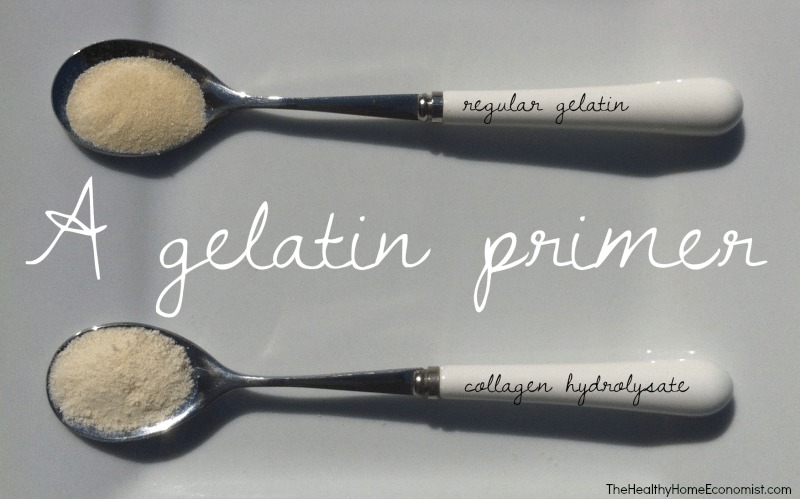
When we say collagen in the supplement world, we mean any and all of these things as they are the same: These bits are readily absorbable from the GI tract and are utilized directly in the creation of collagen throughout the body. These collagen peptides go by another name: collagen hydrolysate. What we’re left with is small bits of collagen called collagen peptides. Once the collagen has been separated from its source, it is hydrolyzed, or reacted with water. We can also use chicken sternums (a source rich in more Type II collagen) or fish bones, scales, and skin. The most common source for collagen supplements is cowhide. To get collagen supplements, we have to take collagen-rich tissues from animals and treat them in a way to separate the collagen fibers from the rest of the stuff (i.e. The process of making collagen supplements is a little bit gross, because it has to do with animal parts. My recommendation (spoiler alert) is to use a collagen powder regularly, which is mostly Type I, to reap all of the benefits of collagen.
#Benefits of gelatin collagen hydrolysate update
I’ve been on the prowl for any data that compares both of them for treatment of joint pain, and I’ll update this article if I find it.Ĭollagen supplements will be predominantly Type I. If you are taking joint health formulations that contain Type II collagen, those doses are typically much lower and may or may not have a benefit on skin, hair, or nail health. As in, if you take a collagen powder that’s predominantly Type I, you’ll get plenty of benefit for joint health without having to specifically search for Type II collagen products. Without getting too far ahead, I don’t think there is really any clinical difference between Type I and Type II collagen. If you want healthier skin, gut health, etc, then Type I is better.

The theory is that if you have joint pain, Type II collagen is better than Type I. Type II Collagen is mostly found in cartilage. Type I Collagen is found in skin, tendons, blood vessels, organs, and bone. There have been 28 different types identified to date, but many of you have probably only heard of two: Type I and Type II collagen. Without getting too geeky, it comes down to what the collagen interacts with and how it is formed that determines the type. Collagen is healthy: it’s rich in protein, has a unique combination of amino acids, and is so vital to almost all of our body systems. This is why a well-made collagen is such an important supplement. Collagen-rich foods are scarce. Homemade, real broth was something wonderful. The salt, potassium, and other minerals, as well as the fluid, helps rehydrate and rebalance electrolytes. The compounds in a broth were often a good choice for people who were sick or had gut irritation, as homemade broths had compounds that were gentle and helped reduce local inflammation. The slow cooking of the protein sources made them more easily digestible. The hot water and soaking allowed for the extraction of some healthy compounds found in bones, such as collagen and gelatins. Making a great broth consisted of taking whole chickens or turkeys, placing them in a pot with water, vegetables, and other nutrient-dense foods and cooking the mixture slowly over time, usually multiple hours or even days. Way back when, in an era where we had more time for bonding, thought, and cooking, homemade broths were common. Modern diets have little if any collagen-rich foods. Raise your hand if you are eating lots of organs, hooves, cowhide, or animal ligaments! For example, calcium hydroxyapatite (our favorite form of calcium) goes to work in those gaps to make bone. Even cooler, those gaps are where other stuff interacts to determine the type of thing the fibrils make.

That’s actually naturally occurring, which is a marvel in and of itself.

If you notice the fibrils are kind of staggered from each other.


 0 kommentar(er)
0 kommentar(er)
